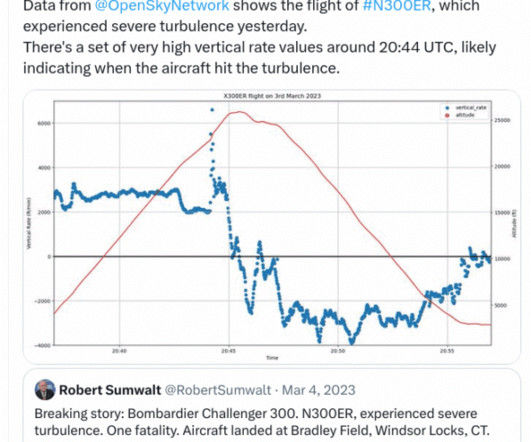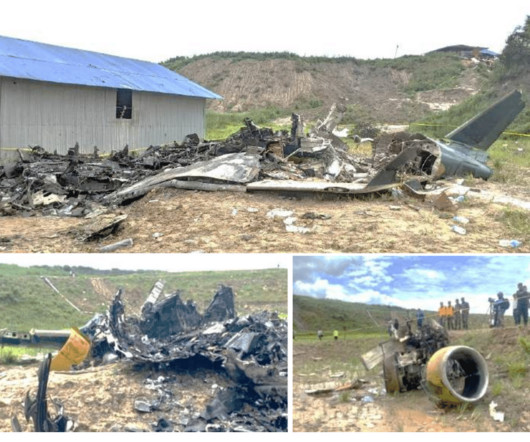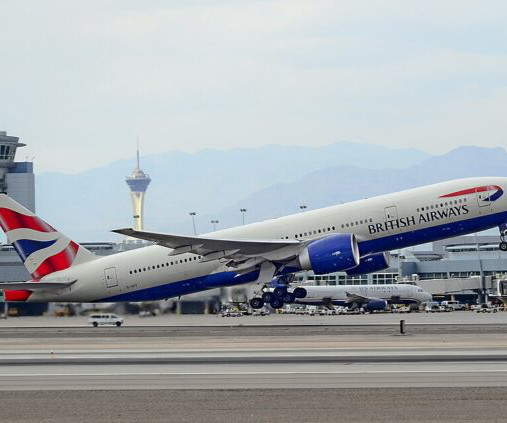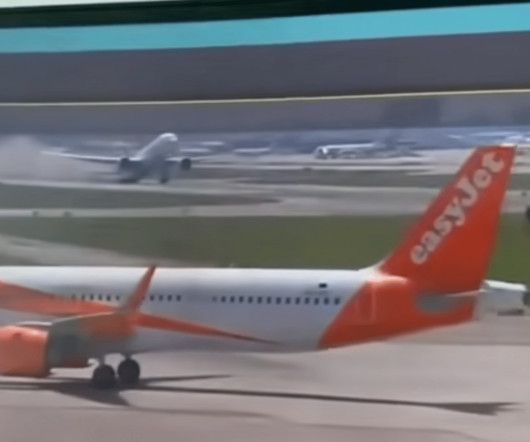Challenger 300 Fatal Upset Wasn’t Turbulence
Fear of Landing
MAY 9, 2025
During the take-off roll, the first officer noticed that although the Challenger 300 was accelerating normally, the right-side primary flight control had stopped showing acceleration above 40 knots. The captain slowed the aircraft from 104 knots and exited the runway onto a taxiway. He called out that he had no airspeed.











Let's personalize your content